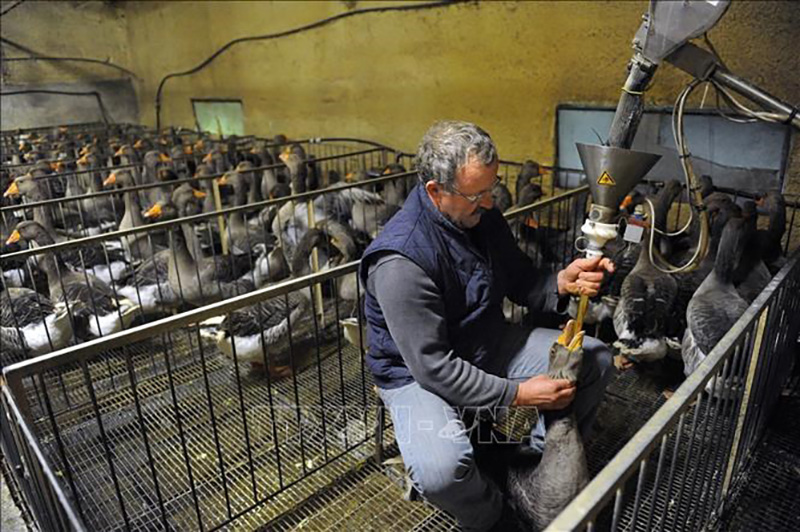Despite clear progress in controlling avian flu, foie gras consumption in France has yet to rebound as expected, while farmers continue to bear most of the vaccination costs.
France has just launched its third national vaccination campaign for ducks against avian influenza, marking a new phase in efforts to protect one of the country’s culinary icons — foie gras. However, despite the vaccination program’s effectiveness, consumption of this traditional product has not recovered as hoped, while producers shoulder the bulk of the vaccination expenses.

According to the National Research Institute for Agriculture, Food and Environment (INRAE), the second vaccination campaign, which ended on September 30, reduced outbreaks by 96% compared to the previous year. This success confirms the effectiveness of the mandatory vaccination program implemented since 2023 — a pioneering measure that France remains the only country in the world to apply on a national scale.
Immediately afterward, the third vaccination campaign began, targeting 60 million ducks to be vaccinated and closely monitored. Two types of vaccines remain authorized — produced by Ceva Santé Animale (France) and Boehringer Ingelheim (Germany). However, a key change has raised concern among farmers: government subsidies now cover only 40% of the costs, down from 70%, meaning producers must pay 60% of the total estimated cost of 100 million euros.
Fabien Chevalier, president of the interbranch committee for foie gras production (Cifog), called this allocation “very difficult to accept in a context of market instability.” He noted that each goose or duck typically requires two doses, or three for older birds. Nevertheless, according to Sylvain Comte, vice president for poultry at Ceva Santé Animale, most farmers agree that continuing vaccination is necessary, as “the disease pressure remains high and the virus continues to circulate widely.”
Thanks to vaccination, France has ended the era of “mass culling,” during which millions of geese and ducks were destroyed at the height of the outbreaks. Yet the prolonged damage from 2016 to 2023 has left deep scars. During that period, foie gras consumption in France was cut in half, to around 9,000 tons before the vaccination program began.
By 2024, the national population of geese and ducks had risen again to 29 million, compared to 17 million in 2023, but still below the 36 million recorded in 2015 — the industry’s golden age. “We have not been able to fully regain our market share, even though consumer demand still exists,” Chevalier admitted. “The domestic market is now evenly split: 40% through supermarkets, 40% through restaurants, and 20% for export. Household consumption has returned to pre-pandemic levels, but the restaurant sector remains weak, and exports have been hampered — particularly since Japan suspended imports of French products after vaccination began.”
Experts say vaccination has helped stabilize production and restore confidence but is unlikely to reverse the long-term decline in the foie gras market. According to the consumer advocacy group UFC Que Choisir, the reasons lie in shifting eating habits, the rise of healthy eating trends, and sharp price increases over the past two years (+22% for retail brands and +14% for private labels).
Amid this environment, France’s foie gras industry is entering a period of deep restructuring. Two major players — Euralis (owner of the Rougié brand) and Maïsadour (parent company of Delpeyrat) — have closed several slaughterhouses and are considering a merger to cope with cost pressures and weakening demand.
Source: Hữu Chiến (Thông tấn xã Việt Nam)

 Facebook
Facebook  Youtube
Youtube  VN
VN

 Youtube
Youtube  Linkedin
Linkedin  Facebook
Facebook 
